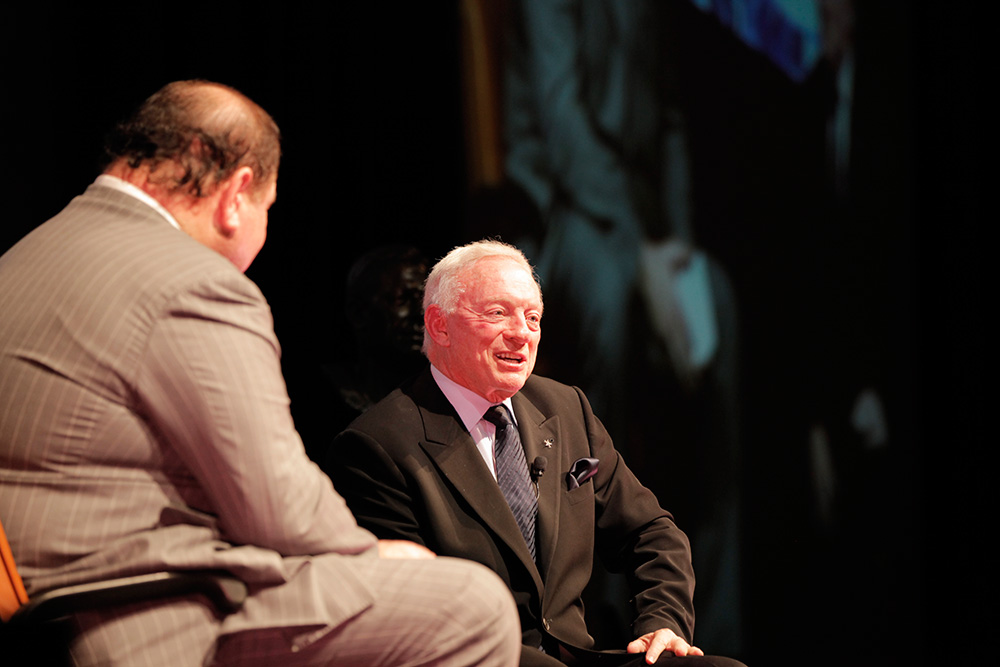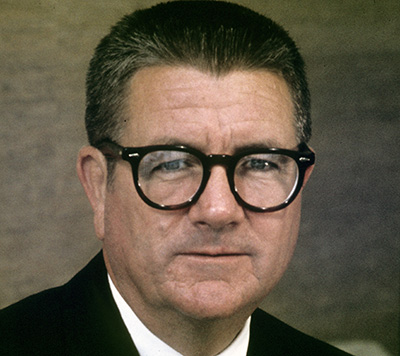Fortunate Missed Opportunities
4/12/2016
Recently, Dallas Cowboys Owner, President and General Manager Jerry Jones was in Canton serving as a guest speaker at the Greater Canton Chamber of Commerce Annual Dinner. The more than 1,600 in attendance were absolutely mesmerized by Jerry’s candor, humor, personal stories, and vision.

One particular story, however, really caught my attention. It was how in 1966, the then-23-year-old Arkansas entrepreneur somehow secured a $1 million loan from the Teamsters Union to purchase the young American Football League’s San Diego Chargers.
Although it sounds almost inconceivable today considering the value of sports franchises and the process one goes through just to be considered a possible suitor for a team; it really almost happened. It was only after listening to his father’s cautious advice that the loan and deal might not be in his best interest that he withdrew his offer.
Shortly after his change of heart the AFL and NFL announced a merger. That announcement alone dramatically increased the value of the Chargers franchise. A fact that was not wasted on Jones and his advisor father. With a smile on his face, he lamented his missed opportunity and the loss of a near-immediate windfall profit.
Of course it’s hard to feel too sorry for the now-owner of America’s most valuable sports franchise. But the story did remind me of another similar tale of missed opportunity. This one involved the NFL’s 1952 Dallas Texans.
The Texans were a transplanted version of the league’s failed New York Yanks franchise. Following the 1951 season, Yanks owner Ted Collins sold the franchise to millionaire brothers Giles and Connell Miller who thought the “Big D” was ready for professional football. Well, as it turned out, that simply wasn’t the case.
On the weekend of the Texans home debut, the 75,000 seat Cotton Bowl had already hosted two major college matchups – one on Friday night and the other on Saturday afternoon. By the time the Texans took the field on Sunday all but a meager 17,499 fans had had their football fix.
Though the Texans lost 24-6 to the New York Giants that day, they did manage to score first. But not without some help from their opponent. Dallas’ touchdown came as the result of a Giants player fumbling a punt deep in New York territory. Two plays later Texans’ halfback George Taliaferro threw a touchdown pass to Buddy Young. The defensive back on the coverage was the same guy whose fumble gave the Texans great field position. That faltering Giants player was Tom Landry. Yes, the same Tom Landry who would go on to become the Dallas Cowboys first-ever head coach and future Hall of Famer. So, in a way, Tom Landry was responsible for the first points scored in Dallas by an NFL franchise.
But now, back to the Texans.
After that inauspicious beginning and just when the Millers thought things couldn’t get worse, they did. The crowds got smaller and the losses, both in the box office and on the field, got larger. Finally, after just seven games, the brothers informed the league they were unable to meet their financial obligations. NFL Commissioner Bert Bell was forced to step in and revoked their franchise.
With five games remaining on the schedule, the Dallas Texans were made wards of the league. Four of the remaining games were played as away games and a fifth “home game” was played in Akron, Ohio at the Rubber Bowl. That game was the only win by the Texans, who embarrassed the Chicago Bears 27-23.
Now, how was it that Jerry Jones’ failed attempt to purchase the Chargers reminded me of the hapless Dallas Texans? Well, before the Miller brothers gave up their franchise, they tried desperately to secure financial assistance. As the future of their franchise grew dim, the Millers informed Bell that a wealthy investor had expressed an interest in bailing out the team. But when the inevitable was upon them, the investor was in South America and Bell declined to give the brothers additional time to contact him. That investor was Clint Murchison, Jr. (below) who in 1960 bought the expansion Dallas Cowboys franchise.

So, if you can follow my logic here, it was Murchison’s missed opportunity to buy the Texans that resulted in the Cowboys being available for him to purchase in 1960. And it was Jones’ missed opportunity to buy the Chargers in 1966 that left him with the chance to buy the Cowboys in 1989. And although Jones’ purchase price was $149 million more than his Chargers offer 23 years earlier, it didn’t require a loan from the Teamsters Union to make it happen. That, no doubt, made his father happy.
Go back to all blog listings

